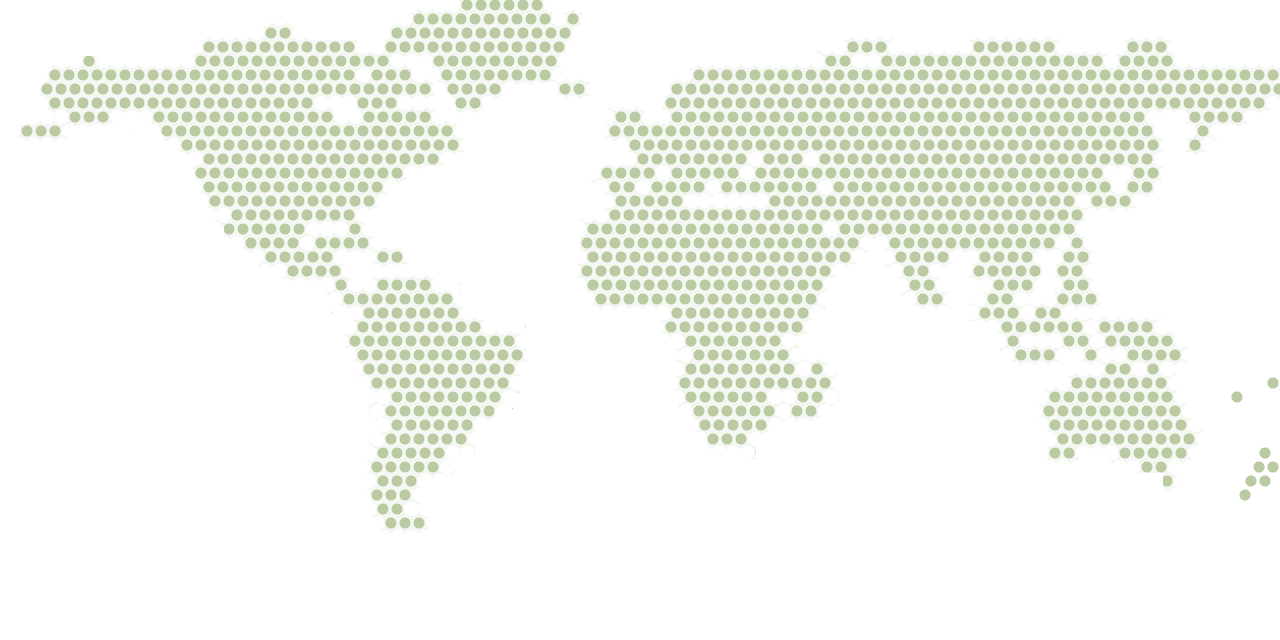Activity List
Activity List
CHALLENGE “Close to Nature” Planted Forests (CTNPFs) have the potential to provide not only environmental but also economic and social benefit in Latin America. At present, little is known about the growth and silvicultural behavior of native species planted in isolation or in combination, nor about the financial, environmental, and social costs and benefits, although this information is crucial for the design of public policies to incentivize planted forests that are more sustainable and resilient. Furthermore, if combined with efficient incentive schemes (Conditional Cash Transfers, CCTs,…
Read More
CHALLENGE APPROACHPROFOR is applying NetMap, a collaborative analysis tool, to understand and build consensus around effective strategies to combat illegal logging in Russia’s Far East. As the illegal timber trade involves a complex network of Chinese and Russian actors, this work will bring together key stakeholders from both sides of the border. Through a series of participatory mapping workshops focusing on key actors, their roles and relative power, this work will generate a shared understanding of the problem and possible solutions. As well as providing insight and options for addressing…
Read More
CHALLENGERussian Far East forest is one of the world’s most unique ecosystems, containing valuable timber species and habitat of rare Amur tigers. However, timber trade (and often times illegal logging) to satiate Chinese and subsequently international timber demand is straining the region’s ecosystem, causing irreversible ecological, economic and social consequences. The full impact of illegal logging on government revenues and on the livelihoods of local communities is uncertain (refer to Methodology for Calculating Budget Losses and Local Revenue Impacts of Illegal Logging); however, the…
Read More
CHALLENGEWith over 60 million hectares (ha) of natural forests - slightly more than half of the country's land area - Colombia is considered heavily forested. The country's average annual deforestation rate is 280,000 hectares over the last decade (~0.5%). Native forests currently represent the main source of wood and fiber for communities and local industries.Colombia has enormous potential for developing commercial reforestation programs, for several reasons:Excellent conditions for tree growth;17 millions hectares of land potentially suitable for commercial reforestation (World Forest…
Read More
CHALLENGEPartnerships between communities and external partners (private sector, NGOs and government) have been touted as a way to enhance the contribution of investments in the forest sector to alleviating poverty and advancing development. Given the growing prominence of partnership in carbon markets and production of timber, pulp and paper, it is essential to understand what makes partnerships work.APPROACHUsing an evidence-based approach, the primary objective of this study was to provide insights for existing and emerging collaborative arrangements. The study also aimed to provide…
Read More
CHALLENGEThe inclusion of communities in the management of state-owned forest resources has become increasingly common in the last 30 years. Surveys suggest that the forest area under community tenure or management is now approaching 25% of the global forest estate. Community forestry approaches vary a lot, both between countries and sites, and the differences often evolve around institutional dimensions such as benefit- and power-sharing arrangements. Understanding has increased regarding the multiple benefits of community empowerment in the forest sector, as well as regarding the…
Read More
CHALLENGEThere is growing evidence that the Earth’s atmospheric system is locked in to warming close to 1.5°C above pre-industrial levels due to past and predicted emissions of greenhouse gases. As the planet warms, rare climatic conditions - heat and other weather extremes which occur once in hundreds of years - would become the “new climate normal.”APPROACHTo better understand the possible impacts of present day (0.8°C), 2°C and 4°C warming on agricultural production, water resources, cities, and ecosystems, PROFOR supported the third Turn Down the Heat report that explores ecosystem…
Read More
CHALLENGEPopulation growth and economic development are contributing to rising demand for wood and woodproducts in Africa, offering new opportunities for local producers to tap domestic markets, and also with profound implications for the forests of the Congo Basin.APPROACHMuch work has been carried out on the informal and formal logging sector in the Congo Basin region; this study focuses on wood transformation and examining local demand for processed wood products. This research aims to build on prior knowledge to better understand the solutions needed to overcome barriers to expanding the…
Read More
CHALLENGEIn Africa, dryland regions make up 43% of the total land area, account for 75% of the area used for agriculture (defined to include production of both crops and animals), and are home to 50% of the population. Poverty is heavily concentrated in dryland regions; about 75% of Africa’s poor people live in countries in which at least one-quarter of the population lives in dryland zones. By 2030, the number of Africans living in dryland regions will increase from 460 to almost 800 million, putting increased pressure on the natural resource base and leading to increased competition for…
Read More
Perspectives from Guatemala, the Philippines and ZimbabweThroughout the world, local and regional governments are becoming increasingly involved in forest-related issues. In some cases such growing dynamism reflects government policies designed to decentralize forest governance and forest management. In other cases it reflects initiatives of local and regional governments themselves, including communities living in and surrounding forest areas, and the increasing power, leverage and resources they have.In light of this trend, the Governments of Switzerland and Indonesia and CIFOR organized a…
Read More









